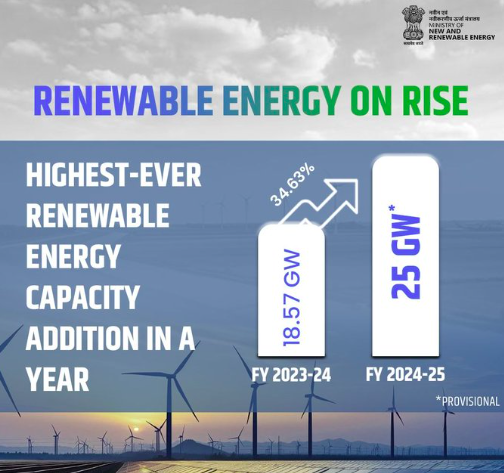02 April 2025: PIB Summary For UPSC
1. MEASURES TO IMPROVE INDIA’S GLOBAL RANKING IN TEXTILE MANUFACTURING
(Source – https://pib.gov.in/PressReleasePage.aspx?PRID=2117114 )
| Context |
|
Government Initiatives to Promote Indian Textiles: Key Schemes and Initiatives
- PM MITRA Parks Scheme aims to create modern, world-class textile infrastructure.
- PLI Scheme focuses on large-scale manufacturing of Man-Made Fibre (MMF) fabric, MMF apparel, and technical textiles.
- National Technical Textiles Mission supports research, innovation, and market development.
- SAMARTH Scheme provides skill training for employment in the textile sector.
- Silk Samagra-2 promotes sericulture development.
- National Handloom Development Program supports the handloom sector.
- National Handicrafts Development Programme and Comprehensive Handicrafts Cluster Development Scheme aid handicraft artisans through marketing, skill development, and technology support.
- The government ensures Minimum Support Price (MSP) for cotton farmers to prevent distress sales.
Global Branding and Promotion
- Kasturi Cotton India has been registered as a trademark to enhance the identity of premium Indian cotton.
- The BHARAT TEX 2025 event in February showcased India’s textile industry, highlighting manufacturing strength, global competitiveness, and sustainability.
| Practice Question: Discuss the role of government initiatives like PM MITRA, PLI Scheme, and MSP in strengthening India’s textile sector and enhancing its global competitiveness. (150 Words /10 marks) |
2. India Achieves Historic Milestone in Renewable Energy Capacity Addition
(Source – https://pib.gov.in/PressReleasePage.aspx?PRID=2117501 )
| Context |
|
Solar Power Growth
- The solar power sector led the growth, with capacity additions rising from 15 GW in FY24 to nearly 21 GW in FY25, a 38% increase.
- India surpassed 100 GW of installed solar capacity this year.
Expansion in Domestic Solar Manufacturing
- Solar module manufacturing capacity nearly doubled from 38 GW in March 2024 to 74 GW in March 2025.
- Solar PV cell manufacturing capacity tripled from 9 GW to 25 GW.
- India’s first ingot-wafer manufacturing facility (2 GW) started production.
- Investments of ₹41,000 crore under the PLI Scheme created 11,650 jobs.
PM Surya Ghar Muft Bijli Yojana
- The scheme benefited 11.01 lakh households by March 2025.
- Financial assistance was provided to beneficiaries to promote the adoption of rooftop solar systems.
Green Hydrogen Development
- Incentives of ₹2,220 crore were given for 1,500 MW per annum electrolyser manufacturing.
- Significant investments were made to boost Green Hydrogen production and support pilot projects for decarbonizing the steel and transport sectors.
- These initiatives include manufacturing electrolysers, producing Green Hydrogen, and introducing hydrogen-fueled vehicles along with refueling infrastructure.
PM-KUSUM Scheme Achievements
- 4.4 lakh solar pumps installed, a 4.2-fold increase from FY24.
- A significant increase was recorded in the installation and solarization of pumps under different components of the scheme.
- The total number of installed and solarized pumps crossed a major milestone, showing rapid progress.
- Financial expenditure for the scheme saw a sharp rise compared to the previous year.
| Practice Question: How government initiatives like PLI Scheme, PM Surya Ghar Muft Bijli Yojana, and PM-KUSUM are driving India’s renewable energy growth? (150 Words /10 marks) |
Read more 01 April 2025: PIB Summary For UPSC





